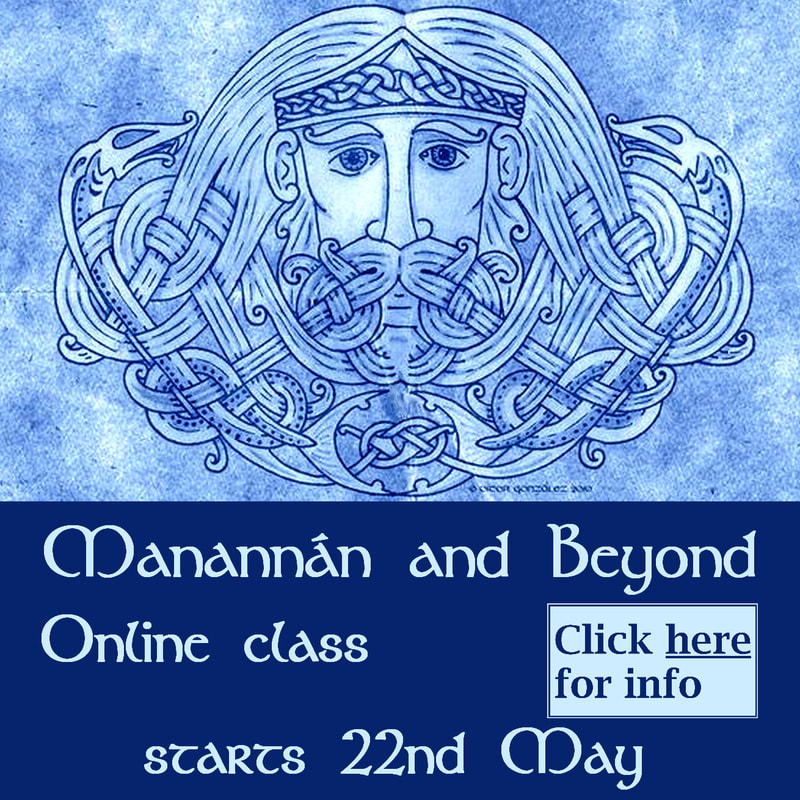| Brigid of the White Spring I am the fire of the life force I am the fire of creativity I am Brigid of the white spring I am Brigid of the white spring Do not take your eyes away from the fire I am Brigid of the white calf I am the fire of creativity I am the fire of poetry I am Boann of the white spring I am Boann of the white calf I am Brigid of the white spring Do not take your eyes away from my fire I am the flame of poetry I am the fire of creativity I am Brigid of the white rain I am Brigid of the white snow I am Boann of the white spring I am the pool with nine salmon I am the pool overlooked by nine hazels I am the pool of the wisdom of nine eternities I am Brigid of the white spring I am Brigid of the white calf Dive into the depths of my healing waters Do not take your eyes from the flame Dive into the depths of my healing waters I am Boann of the white spring I am the pool of nine wise salmon I am the pool of nine hazels I am the pool of the wisdom of nine eternities I am Brigid of the white spring Do not take your eyes away from the flame I am the fire of creativity I am the fire of poetry I am Brigid of the white spring | You can support my work as a writer and teacher by becoming my patron on Patreon for as little as $2 per month. Patrons have the opportunity to receive access to exclusive content. |
| Poems for the Season of Imbolc $ 8.00 | You might enjoy this chapbook of poems about Brigid and the Cailleach, centred on the celebration of Imbolc, but relevant at other times of the year, too. Click here for more details. |
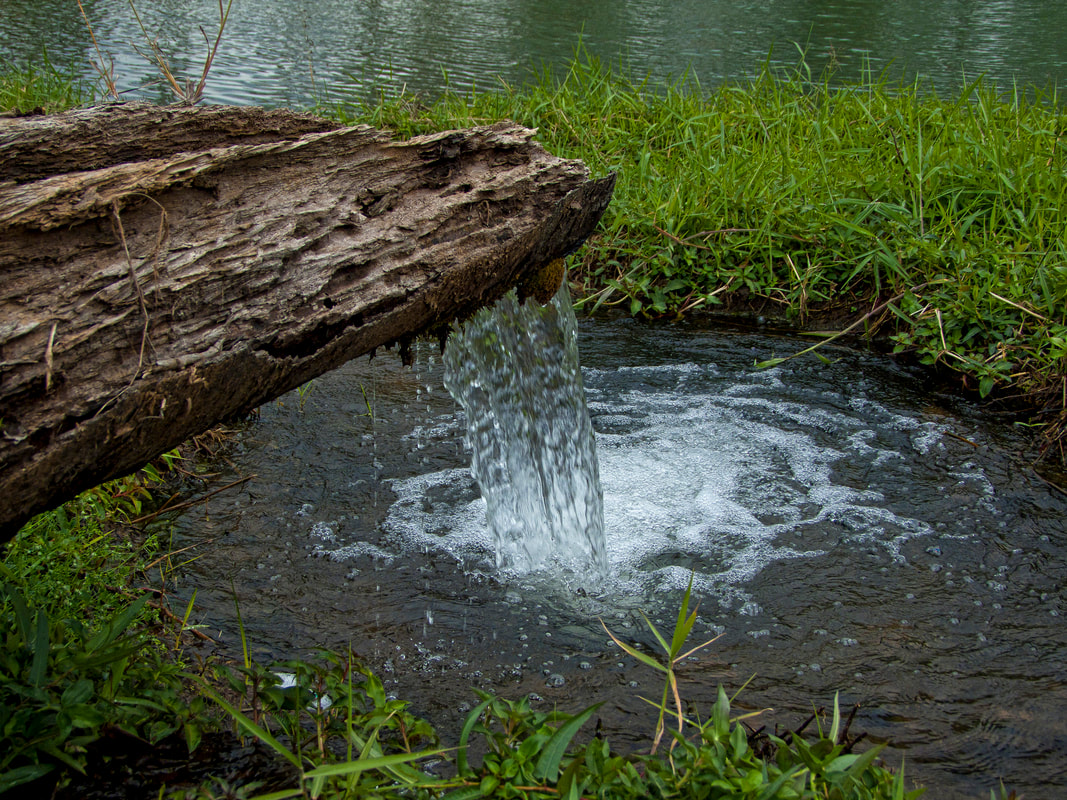

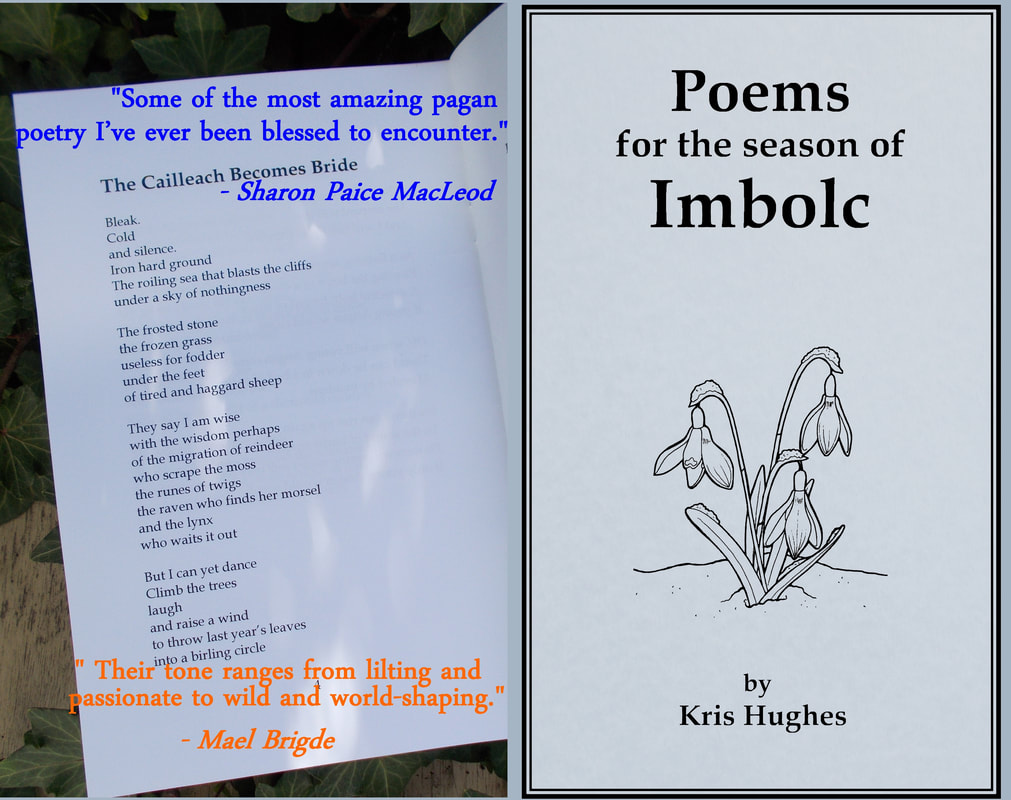
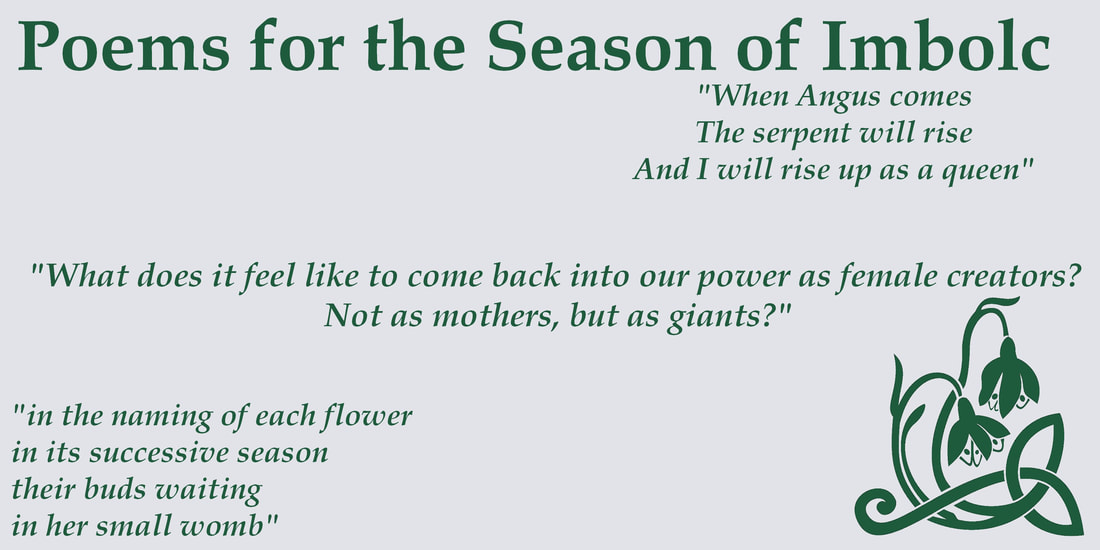
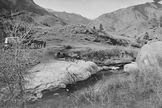
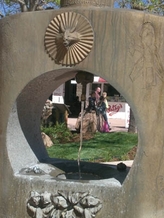
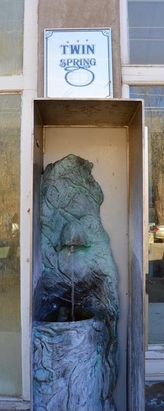
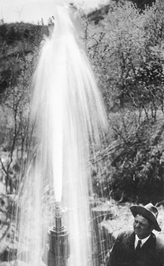
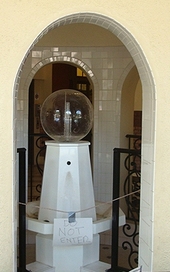
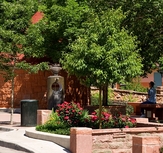
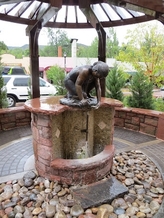
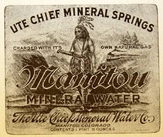
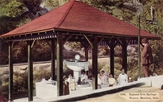
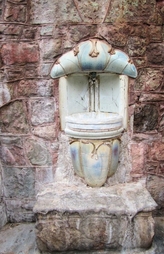
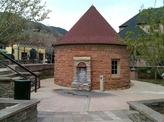
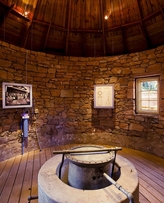
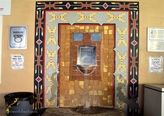
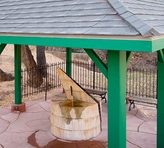

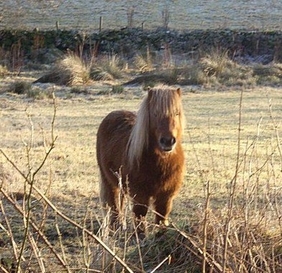
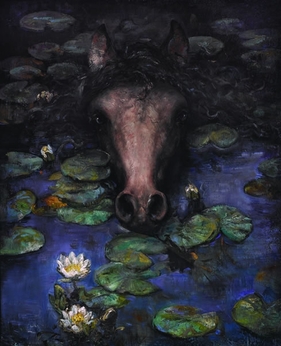
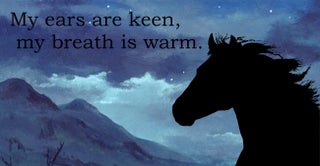
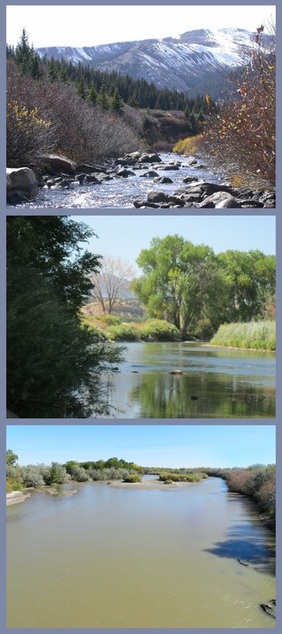
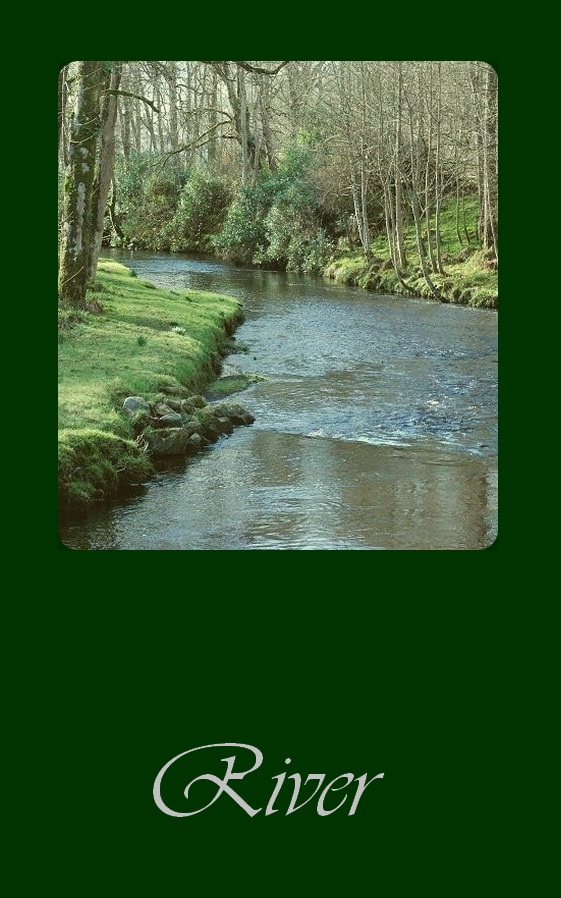

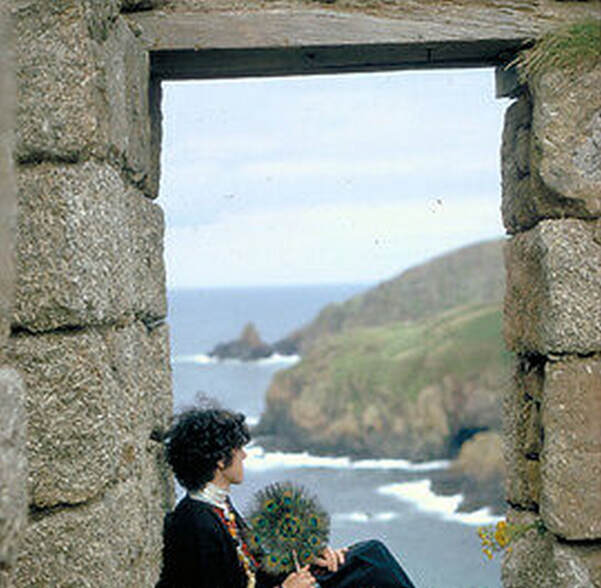
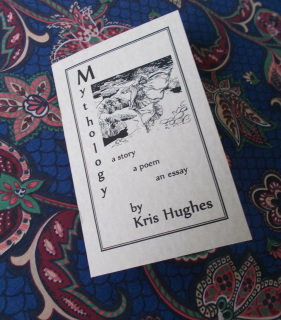

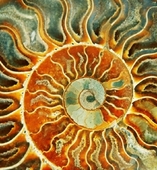
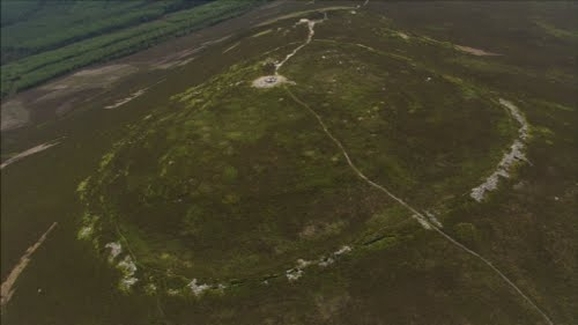
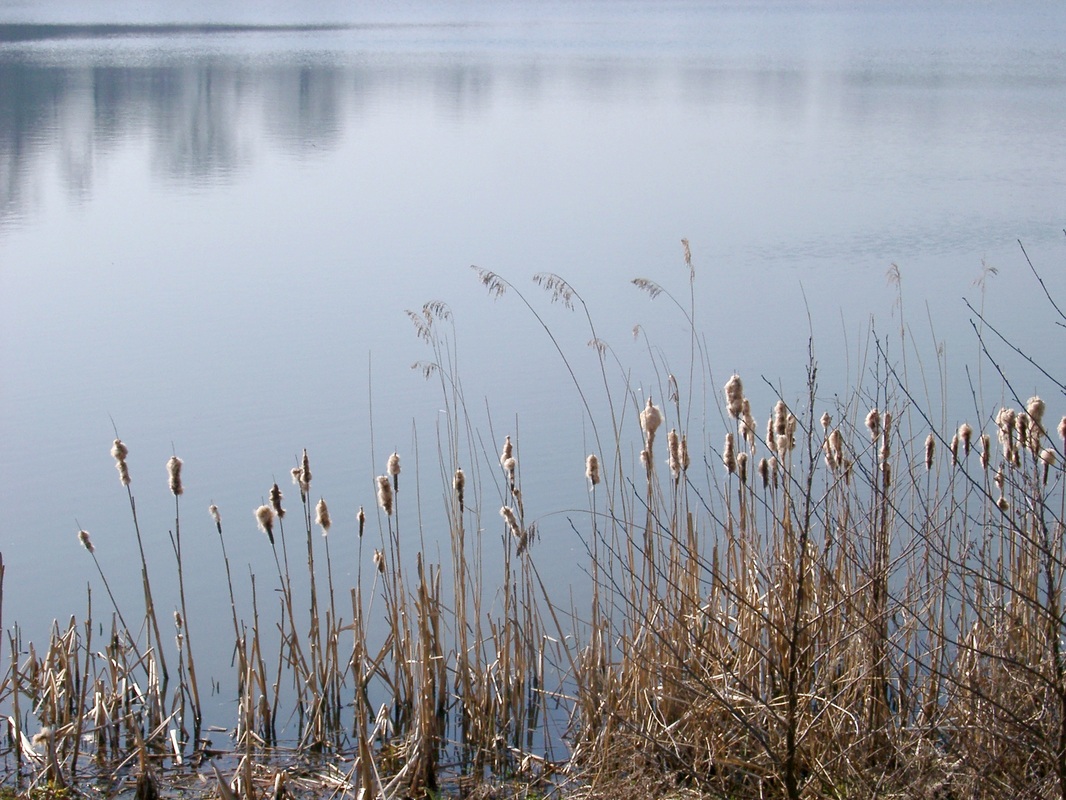
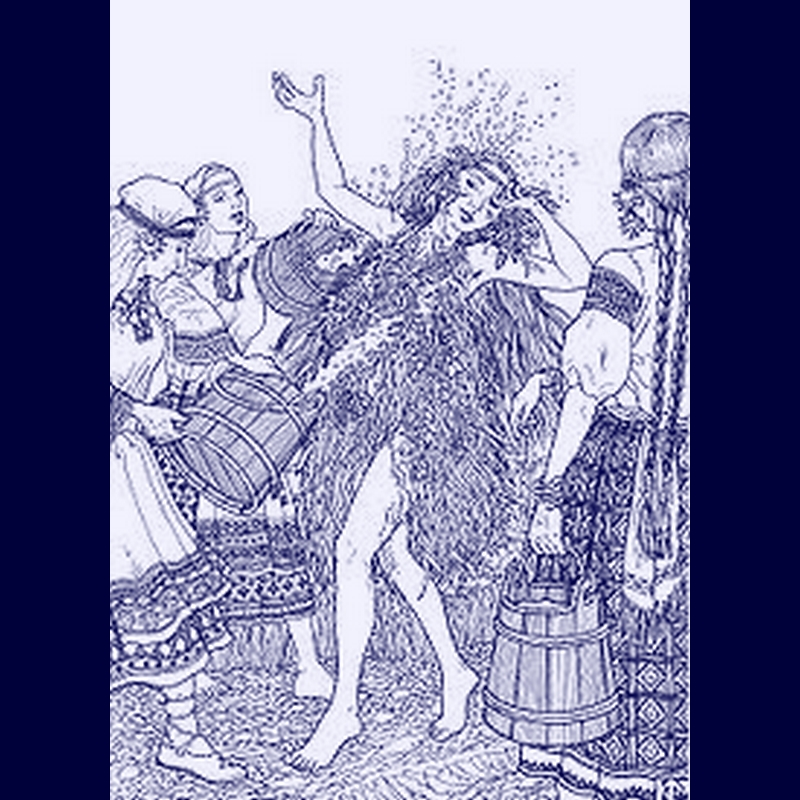
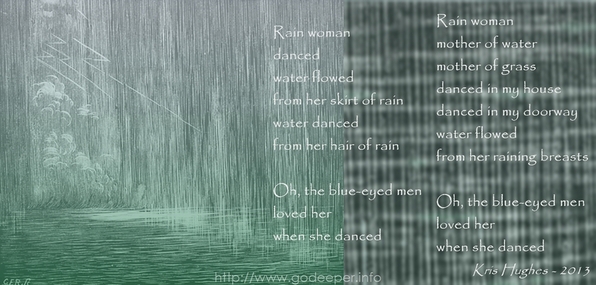
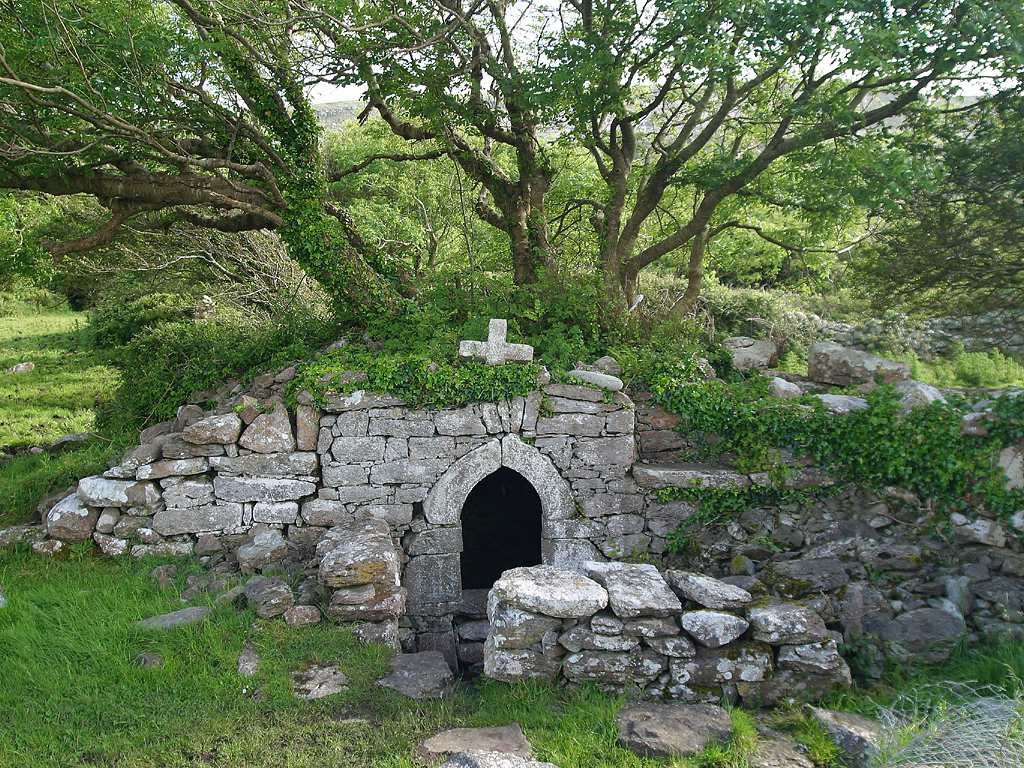


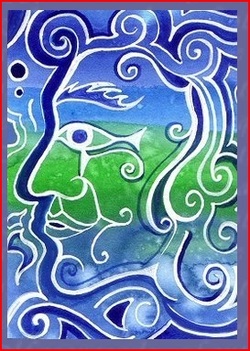
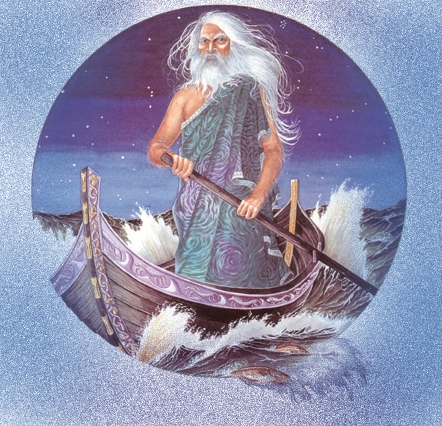
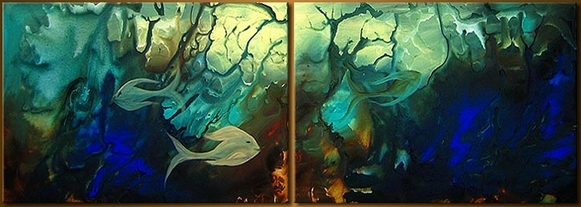

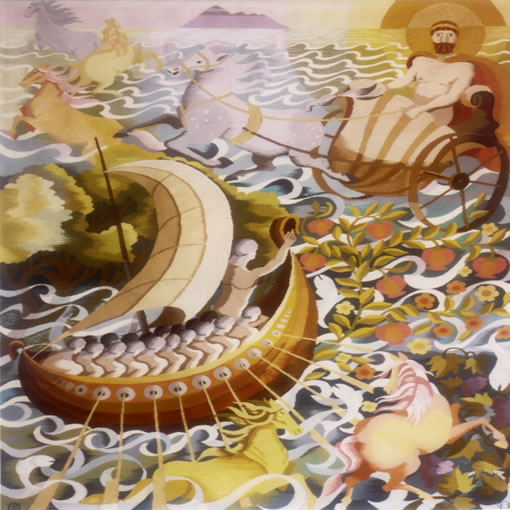
 RSS Feed
RSS Feed



